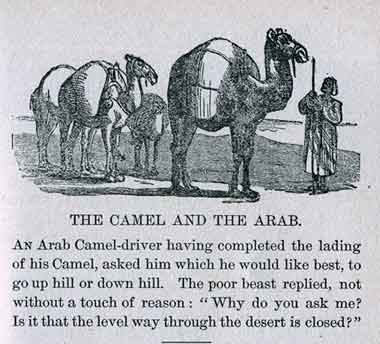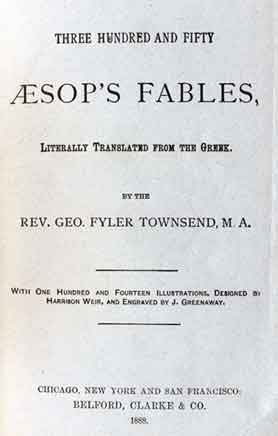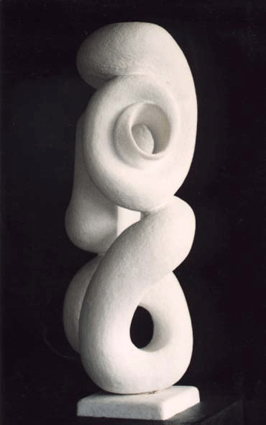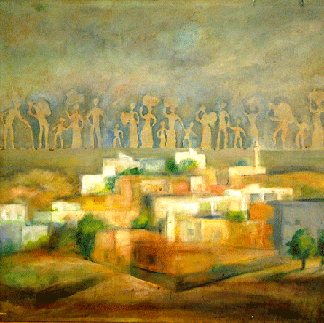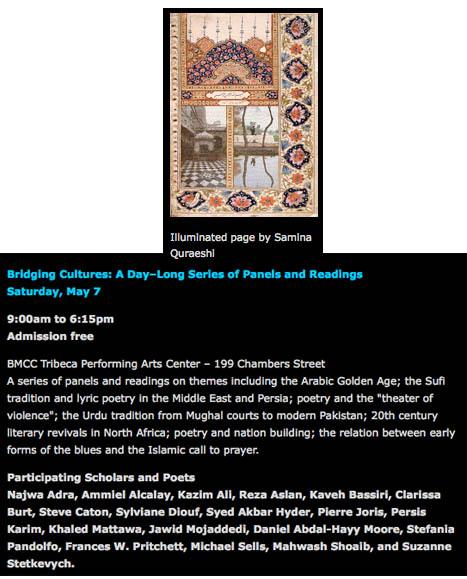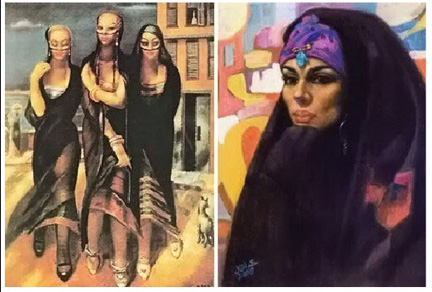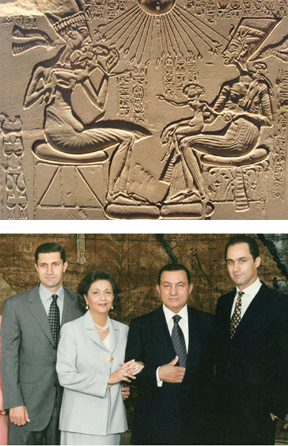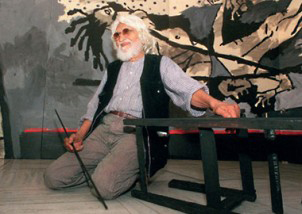
The World Was His Canvas: The Legacy of M.F. Husain
Remembering “the Picasso of India”
By Bruce B. Lawrence, Religion Dispatches, June 9, 2011
Maqbul Fida Husain, known as M.F. Husain, was India’s most famous, and its most infamous, contemporary painter. Often labeled the Picasso of India, his life and work spanned the 20th century and inched into the 21st. He produced over 30,000 paintings, some of which have sold at auction for over $1.5 million.
I organized a conference to celebrate his 95th birthday in Doha last September. It was titled (as Husain himself had requested) “The World is My Canvas.†Husain came back from London, where he also has a home and studio, but as an active participant, not a mere observer. He talked, he doodled, he joked, he even posed for a group photo.
M.F. Husain remained a dynamic, ceaseless explorer of art, life, and beauty until a couple of weeks before his death in London on Thursday June 9. In 2003, to celebrate his 88th birthday, he produced 88 oils across four Indian cities. “After open-heart surgery they said: ‘take it easy, and only paint miniatures,’†he scoffed, referring to an operation he had in 1988.
Yet controversy embroiled him from the mid-’90s because he loved, and painted from, India. Politically-minded Hindu partisans objected to his portrayal of women. He painted not just women but Hindu goddesses, and he painted them as they have been painted for centuries: unclad. But secular Indian courts allowed advocates for the Hindu right to bring a case against Husain. He was accused of causing harm to the sensibilities of others. He faced not one case but multiple cases, along with vandalism of his art and threats against both himself and those close to him. Soon after his victorious 88th birthday, he moved from India to the Gulf; first to Dubai, and then after 2007 to Doha, the capital of Qatar. Continue reading The World Was His Canvas: The Legacy of M.F. Husain →
